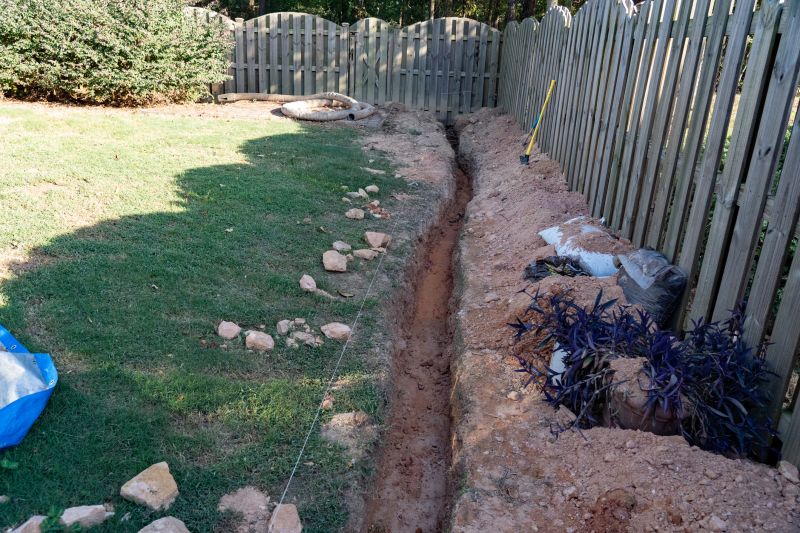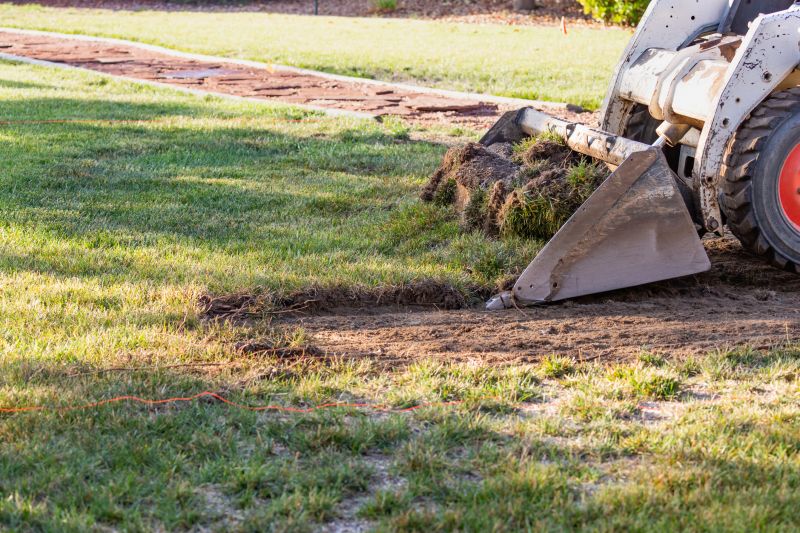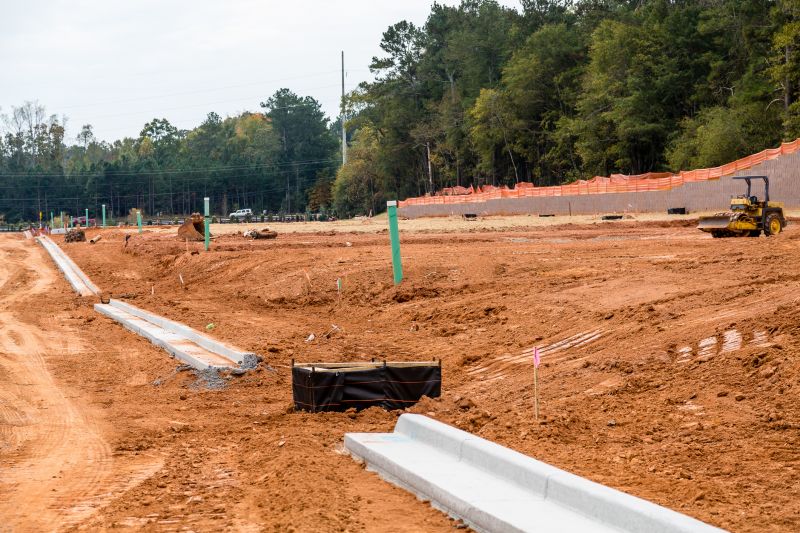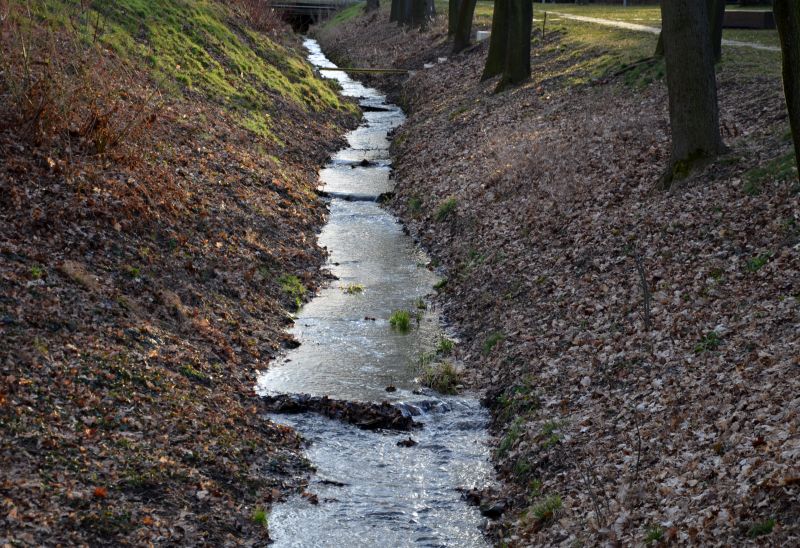Optimal Timing for Effective Gradings
Understanding the optimal timing for gradings is essential for achieving accurate results and efficient project completion. The timing depends on various factors including soil conditions, weather patterns, and project schedules. Properly scheduled gradings help prevent issues such as erosion, drainage problems, and structural instability.
Gradings are best performed during dry seasons when soil is stable and less prone to shifting. Spring and early fall typically offer ideal conditions in Columbia, Tennessee.
Avoid grading during heavy rain or immediately after storms to ensure soil stability and safety. Dry, mild weather provides the best environment for precise grading work.
Coordinate grading with construction timelines to ensure groundwork is prepared before foundation work begins. Proper scheduling minimizes delays and rework.
Assess soil moisture levels before scheduling. Optimal grading occurs when soil is neither too wet nor too dry, ensuring stability and accuracy.

Ways to make Gradings work in tight or awkward layouts.

Popular materials for Gradings and why they hold up over time.

Simple add-ons that improve Gradings without blowing the budget.

High-end options that actually feel worth it for Gradings.

Finishes and colors that play nicely with Gradings.

Little measurements that prevent headaches on Gradings day.
Gradings are a foundational step in many construction projects, landscape designs, and land development efforts. Proper grading ensures effective drainage, stability, and longevity of structures. The process involves shaping the land to specified slopes and elevations, which requires careful planning and execution.
Statistics indicate that projects scheduled during optimal weather conditions experience fewer delays and require less rework. For example, grading performed during dry, stable soil conditions reduces the risk of soil movement and erosion, leading to more accurate results and cost savings.

A 60-second routine that keeps Gradings looking new.

A frequent mistake in Gradings and how to dodge it.

Small tweaks to make Gradings safer and easier to use.

Lower-waste or water-saving choices for Gradings.
| Factor | Optimal Timing |
|---|---|
| Soil Moisture | When soil is neither too wet nor too dry |
| Weather Conditions | Dry, mild weather with minimal rain |
| Season | Spring and early fall |
| Project Phase | Before foundation and landscape work |
| Soil Stability | When soil is stable and compact |
For those considering scheduling gradings, it is recommended to monitor local weather forecasts and soil conditions regularly. Consulting with experienced grading professionals can help determine the most suitable timing for specific project needs.
Interested parties are encouraged to contact for further information or to discuss project-specific timing considerations. Filling out the contact form provides a pathway to detailed guidance tailored to individual project requirements.

